They keep the pot boiling all year round
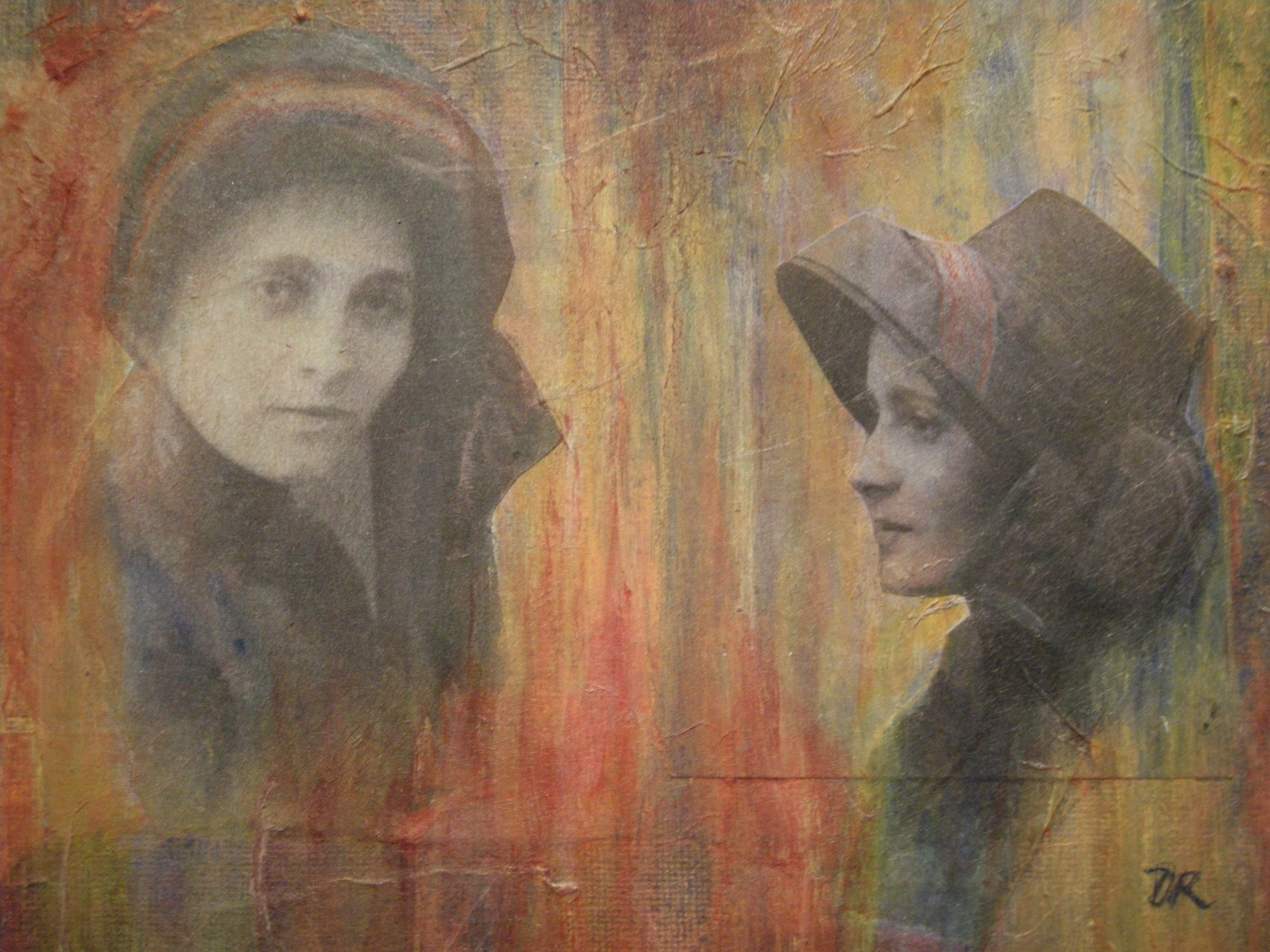
The men and women in their blue Salvation Army uniforms are a common sight on the streets of Swiss cities during the festive season.
An exhibition at the Salvation Army’s museum in the capital, Bern, offers visitors an insight into the history of the charity and the activities of its members. They carry out an important social task as well as preaching God’s word.
It is peaceful invasion of the cities in traditionally Protestant regions. Standing next to a tripod with a kettle for the donations, the men and women in their uniforms and hats sing, play or simply hand out leaflets.
“Keep the pot boiling” was the slogan used by a Salvation Army officer in the United States towards the end of the 19th century and it marked the beginning of a campaign across the Christian world to raise funds for the hungry and homeless.
The presence of the Salvationists in the streets is certainly hard to ignore during the weeks before Christmas, but their efforts to alleviate the suffering in the world goes on relentlessly all year round.
Members of the Swiss chapter of the Salvation Army are present in asylum centres, old people’s homes, and in shelters for the homeless. They provide help for addicts of alcohol and other drugs, for people with mental problems, the unemployed and asylum seekers to mention just a few of the activities which have been evolving over the past 130 years.
The list of tasks is still being extended and support is granted to anyone regardless of gender, race or religion. Still this kind of “Street Church” and the commitment of the people in their seemingly anachronistic attire remains little known in Switzerland.
History
Opened in 1999, the museum at the joint headquarters of the Swiss, Austrian and Hungarian sections in the Swiss capital Bern offers an insight into the organisation which is part of the Universal Church of Christ.
“There is no entry fee as we consider it a public service,” says director Corinne Gossauer-Peroz who leads around the exhibitions – a permanent show and one that changes regularly.
Information panels, documents, uniforms, musical instruments and various other objects are testimonies of the values of the Salvation Army, its activities from the founding years to the present day.
The rather small permanent exhibition allows visitors to follow the course of the Swiss chapter of the organisation, including the obstacles it has had to overcome in its 130-year history.
In darker periods, Salvationists in Switzerland were persecuted and even banished as documents on display prove.
Paintings
The temporary exhibition, which is open to the public until next February, focuses on a particular aspect. It shows about 40 paintings of the Salvation Army and by Salvationists in different styles and from several periods.
Gossauer-Peroz, a passionate art enthusiast, says the aim is to let the wider public into the world of the Salvationists “through another door”.
“The Salvation Army is primarily known for its music, while the visual arts do not get attention in the organisation,” she adds.
With the exception of five contemporary works by Dora Rinderknecht and Arthur Sollberger, all the paintings on show were stored in the archives of the Salvation Army.
“When I realised the artistic wealth of the collection, I knew that I wanted to present it to a wider public,” explains Gossauer-Peroz, who is also in charge of the archives.
After years spent on the shelf, the posters of Werner Kohler and Oskar Tschanz, the paintings of Herbert Poletti and the water paintings of Kaspar Tenger, as well as the comics of James Moss and the illustrations of Hanna Zäslin are now accessible to the public, offering an artistic view of the values and activities of the Salvationists.
Questions?
The museum makes a point of inviting visitors to ask questions to the director.
“We believe in making visitors feel at ease. Therefore we are always willing to answer questions,” says Gossauer-Peroz.
At the top of people’s mind is very often the issue of the military grades used in the Salvation Army.
“Certainly men seem to be fascinated with military grades,” says Gossauer-Peroz who holds the rank of major.
But contrary to real armies the grades of the Salvationists have nothing to do with a special training. They are simply a distinction for the years of service. Only from a certain level the grades change to reflect the responsibilities, says Gossauer-Peroz.
The apparent public interest in the issue of grades inspired her for the next temporary exhibition in Bern.
It will open next March, run for 12 months and hopes to answer the question: “What use is a general?”
“We will present the biographies of the 19 Salvation Army generals, their tasks and merits,” Gossauer-Peroz says.
Founded as a religious Protestant movement in 1865 by William and Catherine Booth-Mumford in London, it was re-named Salvation Army in 1878.
Salvationists began work in Switzerland in 1882 with Arthur Clibborn, the son-in-law of the founders. Initially he was active in Geneva before he extended his work to other regions of western Switzerland.
At the beginning it was not accepted but he continued its work despite adversities. After three years, the organisation opened branches in Zurich and Basel.
The Federal Court recognised the Salvation Army as a religious organisation in 1889.
On November 1, 1901, the Salvation Army opened its headquarters in Bern. Before then, it had been directed from the Paris headquarters.
The women’s chapter of the organisation, the Focolare Movement, was founded in 1923.
The Salvation Army operates in 124 countries around the world. As a church and charity organisation, the Salvation Army demonstrates its Christian principles through social welfare.
The organisation has 2.5 million members worldwide.
It is funded through donations from its members, the public and government grants.
The joint Swiss-Austrian-Hungarian chapter has about 3,900 members, 231 who have retired, as well as more than 1,800 volunteers.
The Swiss section is divided into 57 local parishes. Their activities are divided up into four fields: spreading the gospel, welfare, help for refugees and second-hand shops.
(Adapted from Italian by Urs Geiser)

In compliance with the JTI standards
More: SWI swissinfo.ch certified by the Journalism Trust Initiative


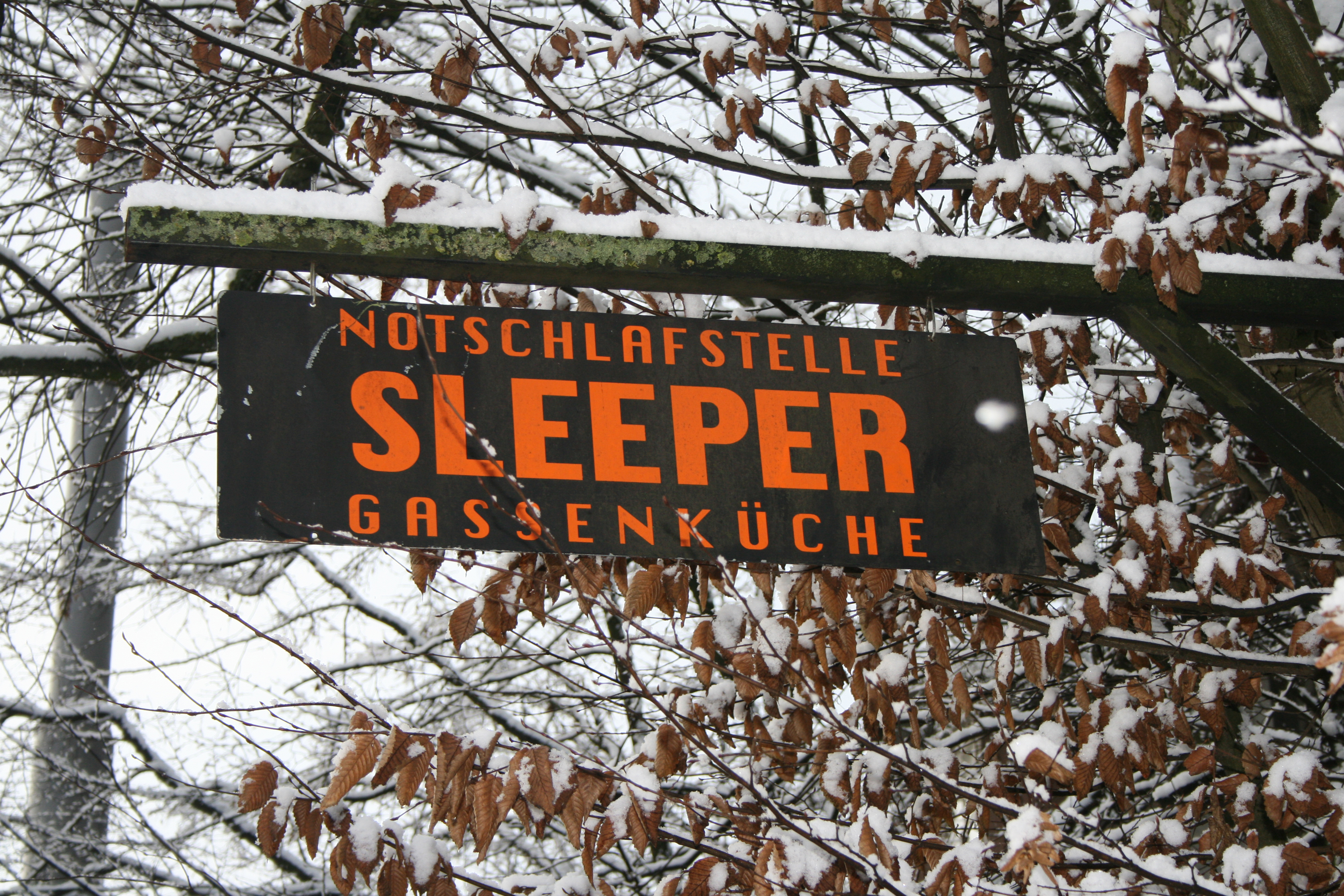
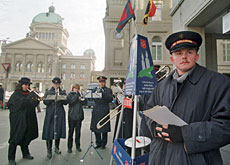
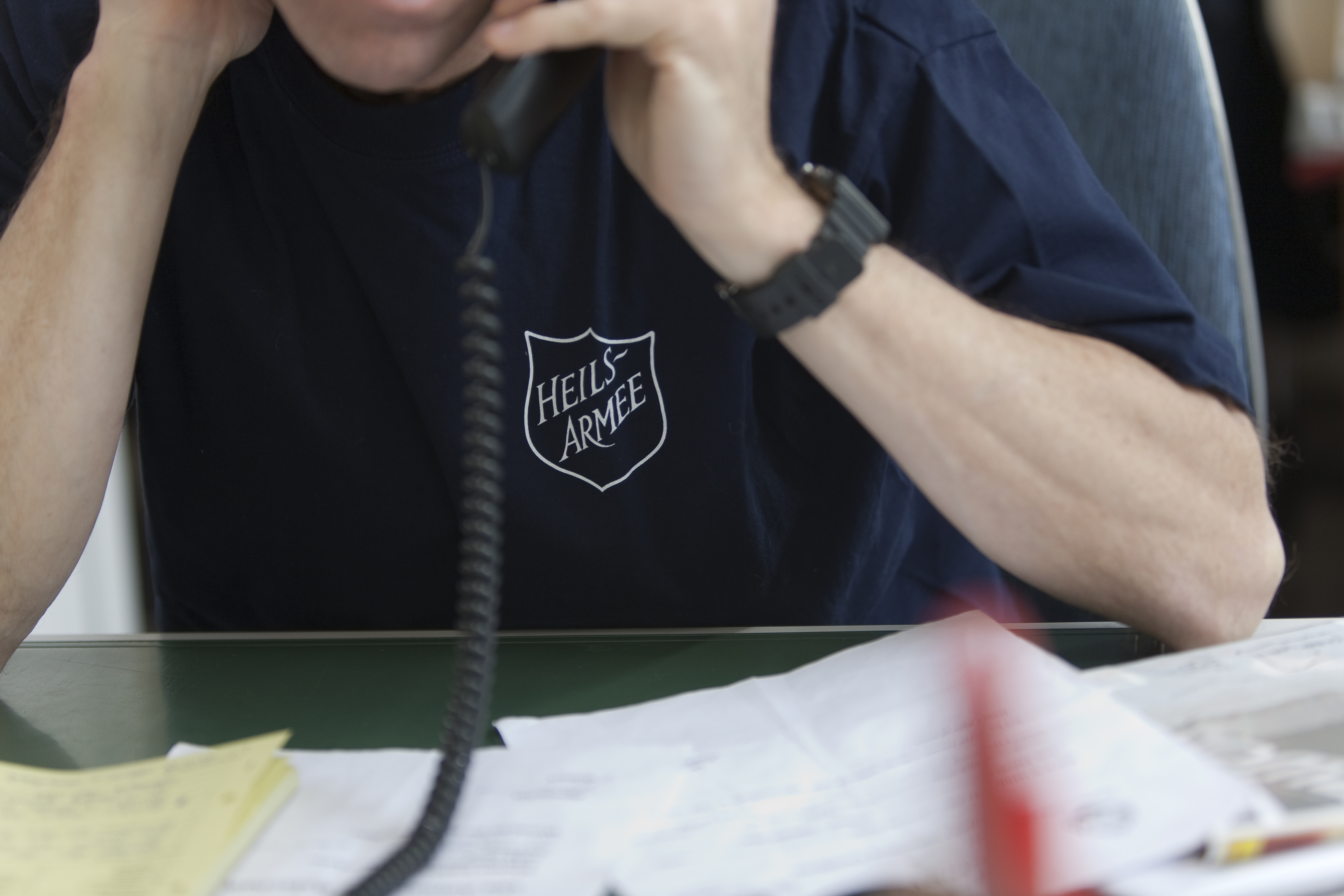
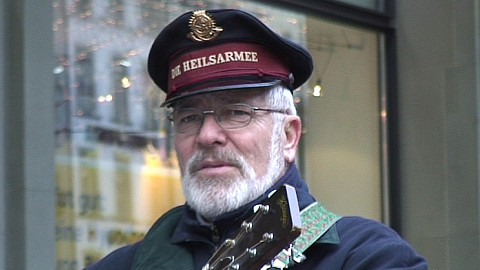
You can find an overview of ongoing debates with our journalists here . Please join us!
If you want to start a conversation about a topic raised in this article or want to report factual errors, email us at english@swissinfo.ch.